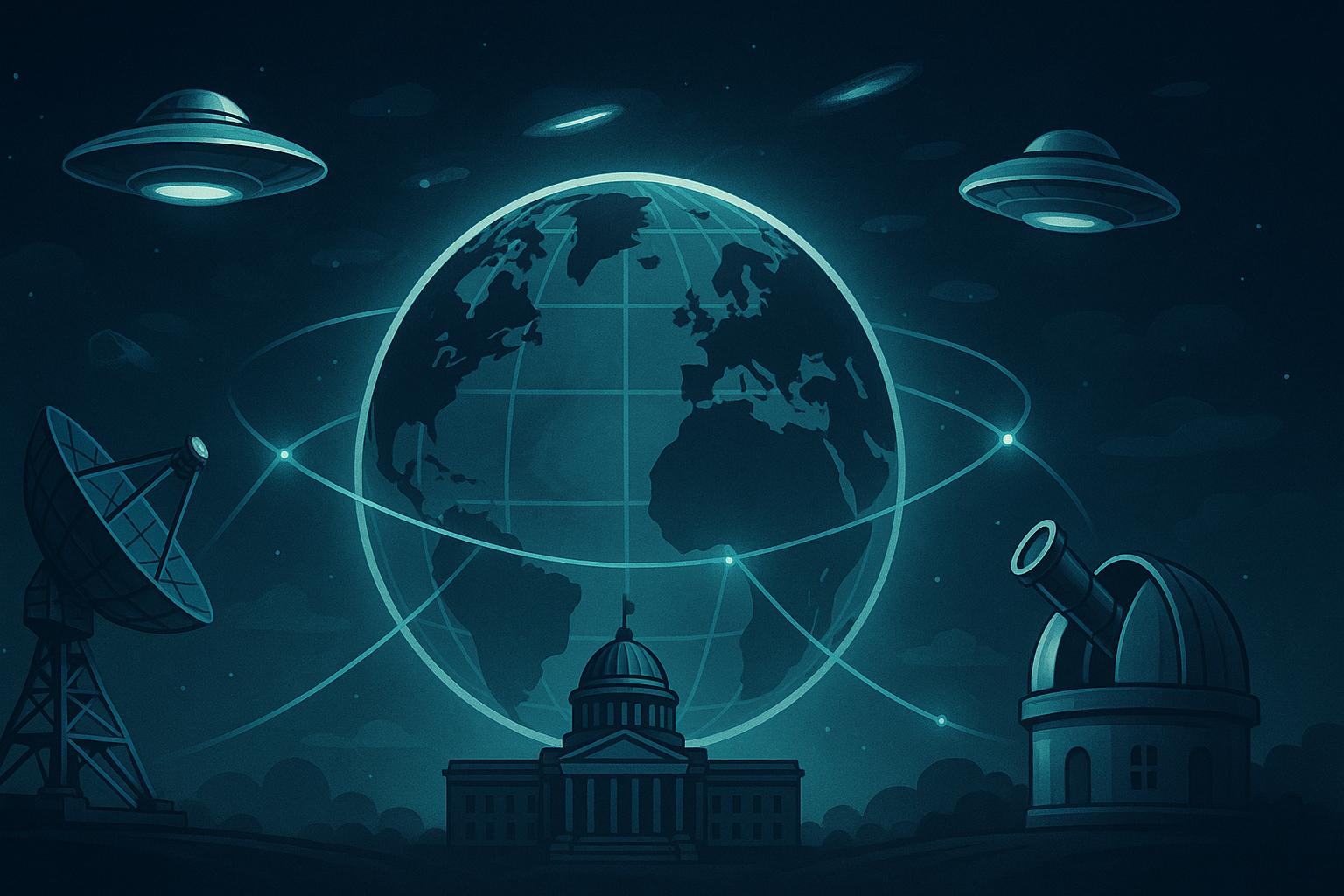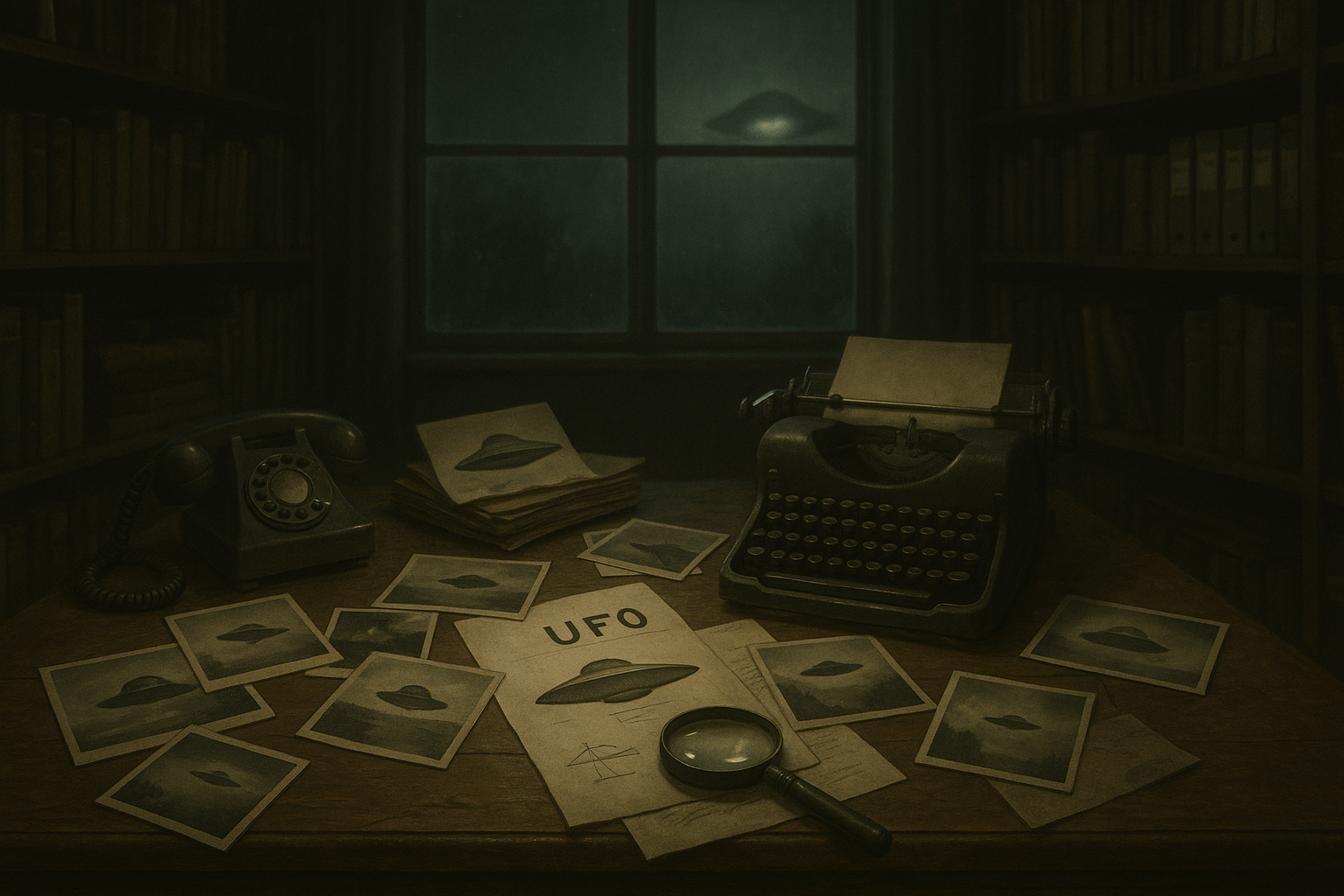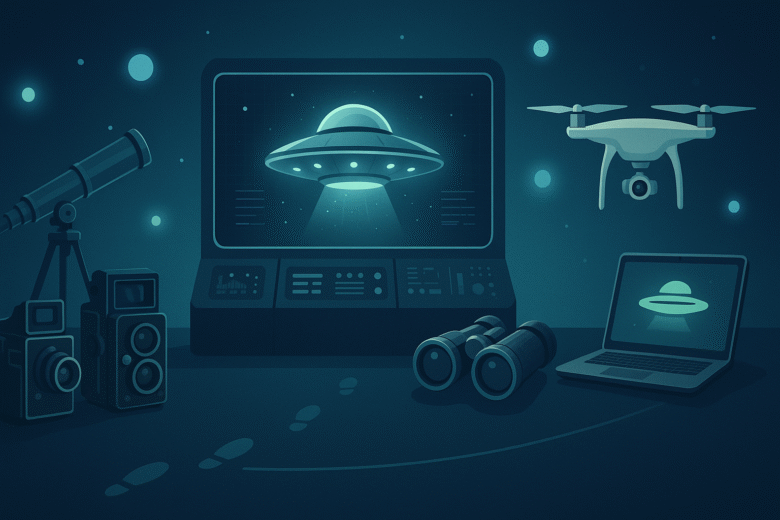The Development and Transformation of UFO Evidence Collection
From ancient folklore to modern-day investigations, the mystery surrounding unidentified flying objects (UFOs) has captivated human imagination for centuries. With technological advancements and a growing interest in extraterrestrial phenomena, the methods of UFO evidence collection have evolved significantly. This evolution has not only enhanced our understanding but also sparked global conversations about what might be out there. 🚀
Table of Contents
1. Introduction to UFO Phenomena
2. Early Methods of UFO Evidence Collection
3. Technological Advancements and Their Impact
4. The Role of Government and Independent Organizations
5. Popular UFO Cases and Their Evidence
6. The Future of UFO Evidence Collection
7. Conclusion
8. FAQs

Introduction to UFO Phenomena
The concept of UFOs has been a part of human culture for centuries, with ancient civilizations recording sightings of strange objects in the sky. In modern times, UFOs have become synonymous with the search for extraterrestrial life, prompting both skepticism and fascination. The pursuit to understand these phenomena has led to the development of sophisticated techniques for collecting evidence.
Early Methods of UFO Evidence Collection
Before the digital age, UFO evidence collection relied heavily on eyewitness accounts and physical artifacts. People who claimed to have seen UFOs would often sketch what they observed or describe their experiences in detail. Photographs, although rare, were considered valuable evidence, despite the challenges in verifying their authenticity. Early investigators often faced skepticism, as the lack of concrete evidence made it difficult to convince the scientific community.

Technological Advancements and Their Impact
With the advent of the digital age, UFO evidence collection underwent a transformation. High-resolution cameras, radar systems, and satellite technology provided new tools for capturing and analyzing potential UFO sightings. The internet has played a crucial role, allowing for the rapid dissemination and analysis of evidence worldwide. Online platforms and social media have created communities of UFO enthusiasts and experts, facilitating the exchange of information and theories.
The Role of Government and Independent Organizations
The interest in UFOs is not limited to civilians; governments and military organizations worldwide have conducted investigations into these phenomena. Notable projects like the United States’ Project Blue Book and the more recent Advanced Aerospace Threat Identification Program (AATIP) have been instrumental in compiling evidence and reports. Independent organizations such as MUFON (Mutual UFO Network) also play a critical role, offering a platform for civilian researchers to contribute to the global database of UFO sightings.
Popular UFO Cases and Their Evidence
Several high-profile UFO cases have captured public attention and contributed significantly to the field of UFO research. The Roswell Incident and the Rendlesham Forest incident are just a couple of examples where evidence collection played a pivotal role in shaping public perception. These cases involved a combination of eyewitness testimony, physical evidence, and media coverage, highlighting the multifaceted approach required in UFO investigations.
The Future of UFO Evidence Collection
As technology continues to advance, so too will the methods for collecting UFO evidence. Artificial intelligence and machine learning algorithms are being developed to analyze large datasets, potentially identifying patterns or anomalies that human researchers might miss. Drones and other unmanned vehicles could be deployed to monitor areas with high UFO activity, providing real-time data and high-quality imagery.
Conclusion
The development and transformation of UFO evidence collection reflect our enduring curiosity about the unknown. While skepticism remains, the growing body of evidence and the increasing sophistication of investigative techniques suggest that we are moving closer to understanding these mysterious phenomena. Whether or not we find definitive proof of extraterrestrial life, the journey of exploration and discovery continues to inspire and intrigue humanity. 🌌
FAQs
Q: What were the earliest methods of collecting UFO evidence?
A: Early methods relied on eyewitness accounts, sketches, and rare photographs. Physical artifacts were also considered valuable evidence.
Q: How has technology impacted UFO evidence collection?
A: Technology has greatly enhanced evidence collection through high-resolution cameras, radar systems, and satellite technology, allowing for better analysis and dissemination of information.
Q: Are there any notable government programs focused on UFO research?
A: Yes, programs like the United States’ Project Blue Book and the Advanced Aerospace Threat Identification Program (AATIP) have been significant in UFO research.
Q: What role do independent organizations play in UFO research?
A: Independent organizations like MUFON offer platforms for civilian researchers to contribute to the global database of UFO sightings and facilitate information exchange.
Q: What does the future hold for UFO evidence collection?
A: The future may involve the use of AI and drones to analyze data and monitor UFO activity, potentially leading to new insights and discoveries.
Looking for a side hustle
Check out one of the best around atm
